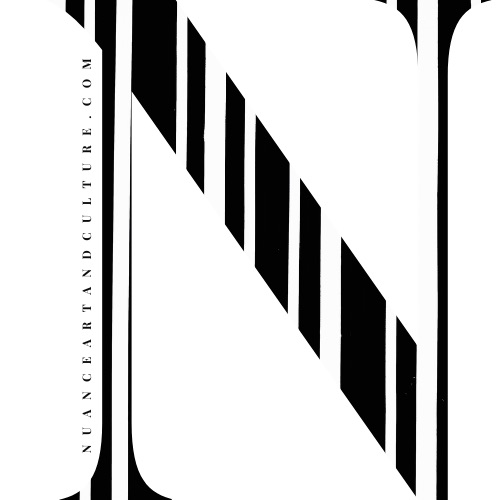This exhibition discusses the history and development of ecological art in Chengdu, China since the 1990s.

Tong Wenmin, Dizzy, 2017, Performance Art, Single Channel Video, Color with South, 3’47”, Photo provided by Empty Studio.
“The privileging of silence, solitude and emptiness in achieving harmony with a primordial origin in Tao Te Ching underscores a religious impassivity and imperturbability, to the extent of obviating human emotion itself, that makes its philosophy seemingly devoid of the tragic conflicts in the Western philosophical tradition. This religious impassivity is perpetuated as well as transformed in Chuang Tzu’s work into more exuberant form, manifested in the abundance of ethereal figures soaring above benefits and harm, floating beyond life and death. A grandiose relentlessness and indifference to ordinary human emotions coexists strangely with a rapturous self-loss:
Nan Kuo Tzu Ch’i leaned on a table. He looked to heaven and breathed gently, seeming to be in a trance, and unconscious of his body. Yen Ch’eng Tzu Yu, who was in attendance on him, said, “What is this? Can the body become thus like dry wood and the mind like dead ashes? The man leaning on the table is not he who was here before.” “Yen, “ said Tzu Ch’i, “your question is very good. just now, I lost myself, do you understand? You may have heard of the music of man but not the music of earth; you may have heard of the music of earth, but not the music of Nature.” (Chuang Tzu, Chapter 15)”
Volume 21 Issue 6 (September 2019) Article 8
Hong Zeng,
“A Deconstructive Reading of Taoist Influenced Chinese and American Poetry”<http://docs.lib.purdue.edu/clcweb/vol21/iss6/8>
Chengdu is the capital city of the Southwest province of Sichuan in the People’s Republic of China. This city has constellated with other SW cities such as nearby Chongqing, and several artist enclaves throughout Yunnan and Gansu, as well as other provinces to form a tradition of ecologically minded art activism and creation production since the 1990’s. From New York performance artist and activist Betsy Damon’s work with performance artists in the Keepers of the Waters project, as well as sculptor and installation artist Deng Le in the building of the Living Waters Park, still in operation today, in Chengdu.
The recent Water Forming Chengdu exhibition in Sydney, Australia and now brought home to Chengdu uncovers an art history which is situated in the natural urban environment, reinforcing a daoist tradition of deeply respecting waterways as well as the trans-physical notion of water, as one of the five elements in Chinese cosmology and traditional medicine.


Recent Comments